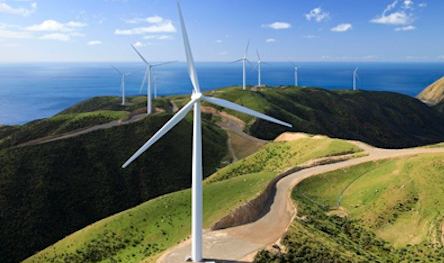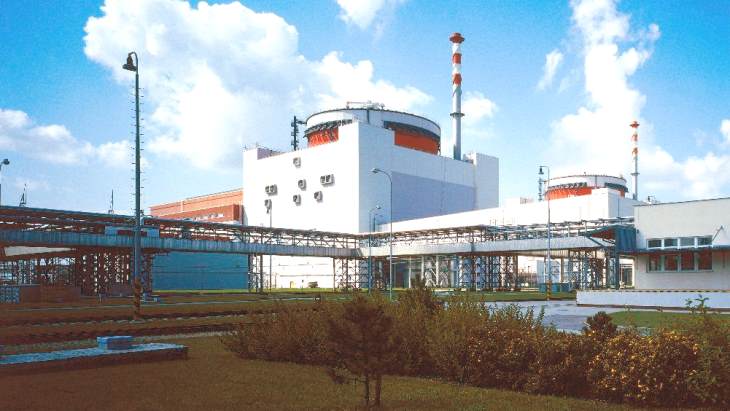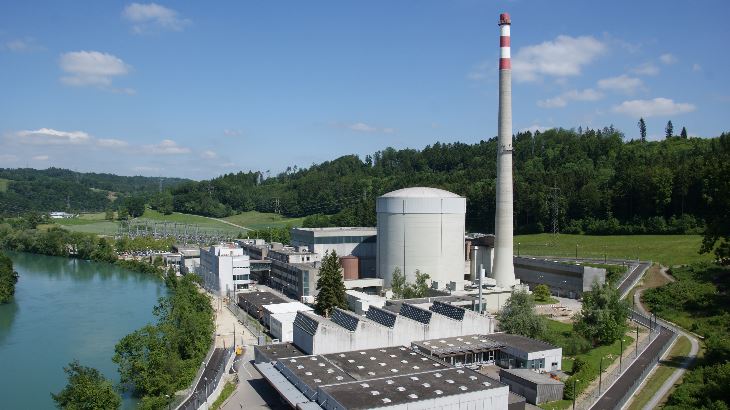
The New Zealand Government has successfully expedited the approval process for nine solar panel projects and three wind farm projects as part of its effort to transition to clean renewable energy. Under the Covid-19 Recovery (Fast-track Consenting) Act, the government has referred 1.9 million solar panels for consent since 2020, potentially generating more than twice the output of the Clyde Dam, New Zealand’s third-largest hydroelectric dam.
The accelerated projects include large-scale solar investments in five North Island regions, which would add power from approximately 829,000 solar panels to the national grid. Additionally, the approved wind farm projects would generate about 419 megawatts of electricity at peak output, equivalent to the power generated by the Clyde Dam.
Fast-tracking renewable energy generation aligns with the government’s goals to reduce reliance on fossil fuels and cut carbon emissions. It also supports New Zealand’s domestic and international commitments to combat climate change.
The government aims to have 50% of the country’s total energy coming from renewable sources by 2035 and achieve 100% renewable energy generation by 2050. By fast-tracking renewable energy projects, the government hopes to create job opportunities, reduce greenhouse gas emissions, and improve the country’s energy resilience.
The temporary fast-tracking process, introduced during the pandemic, is expected to become permanent through the Natural and Built Environment Bill. This legislation will provide a streamlined pathway for infrastructure and housing projects of regional significance.
The government’s efforts to expedite renewable energy projects are part of a broader strategy to transition to a more sustainable and resilient energy system. In addition to solar and wind projects, the government is also exploring other sources of renewable energy, such as geothermal power, to further diversify its energy mix.







